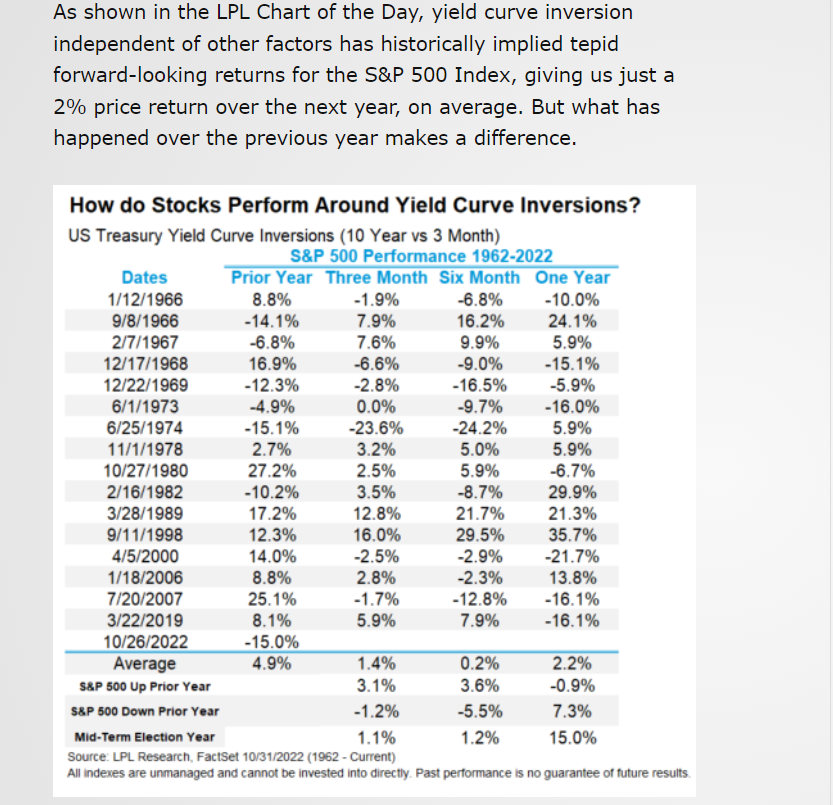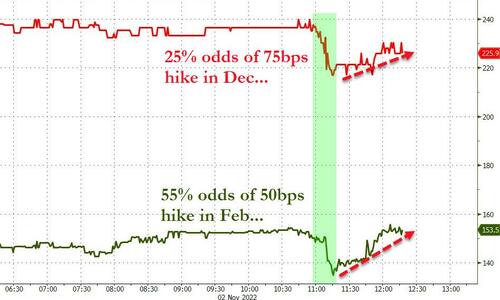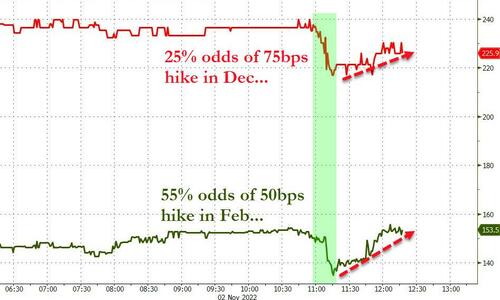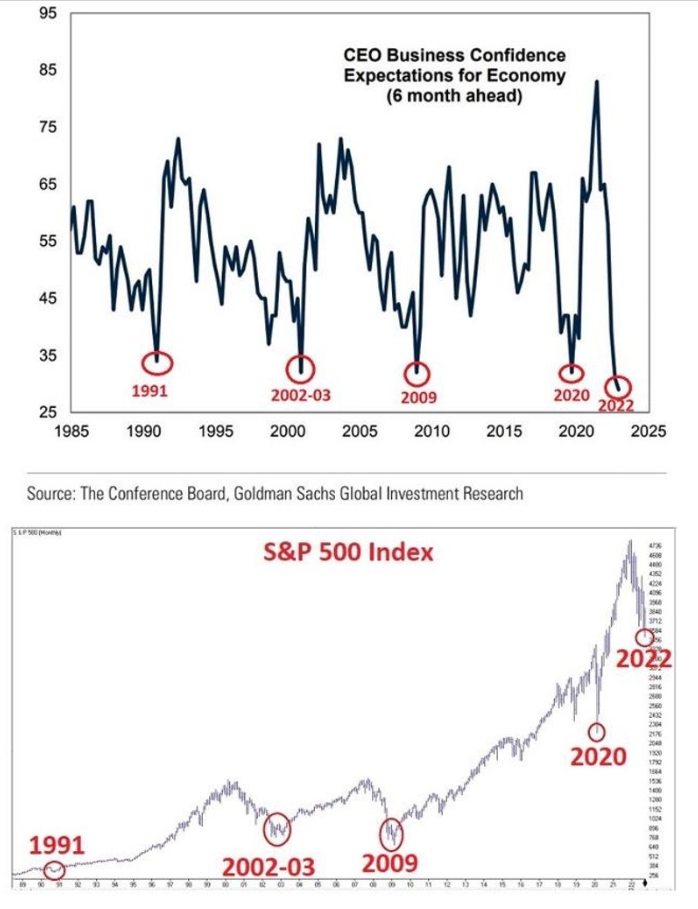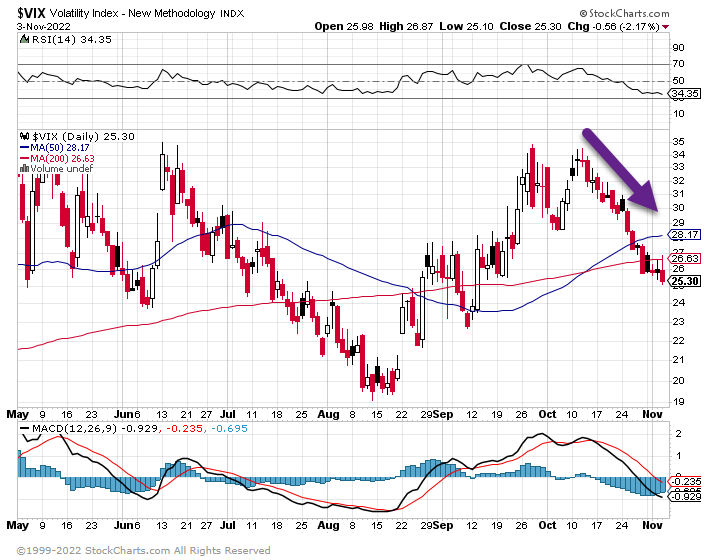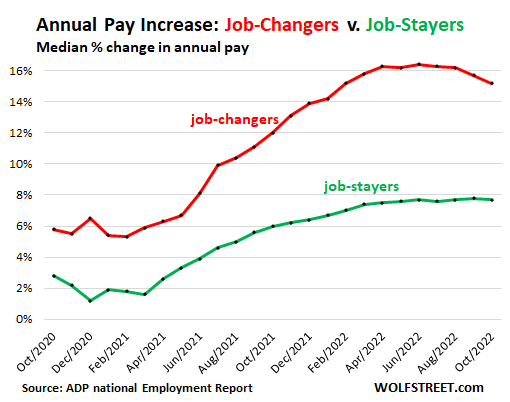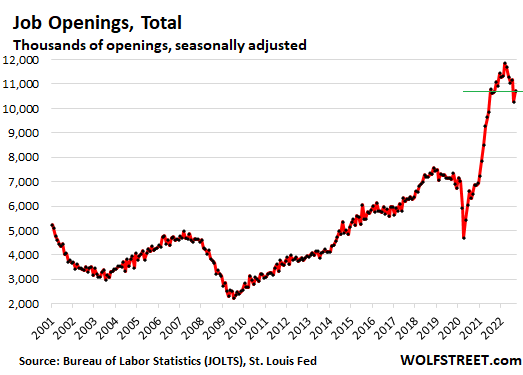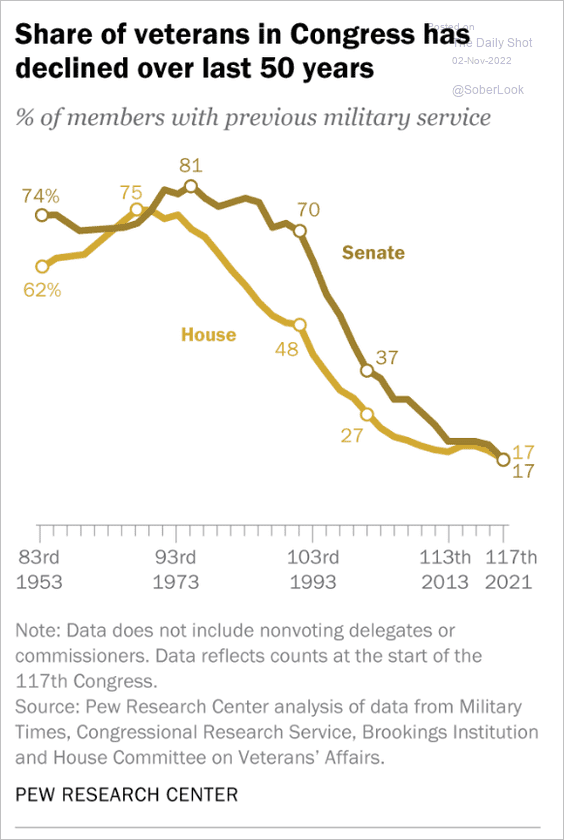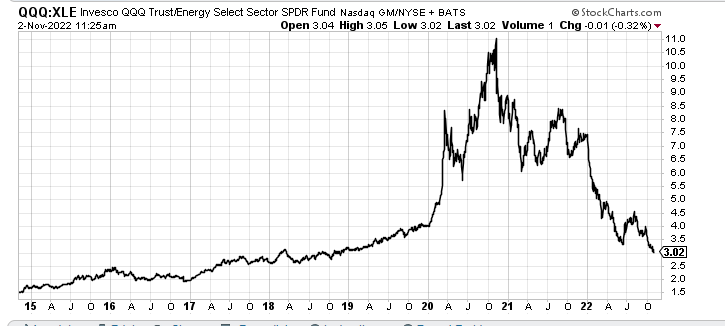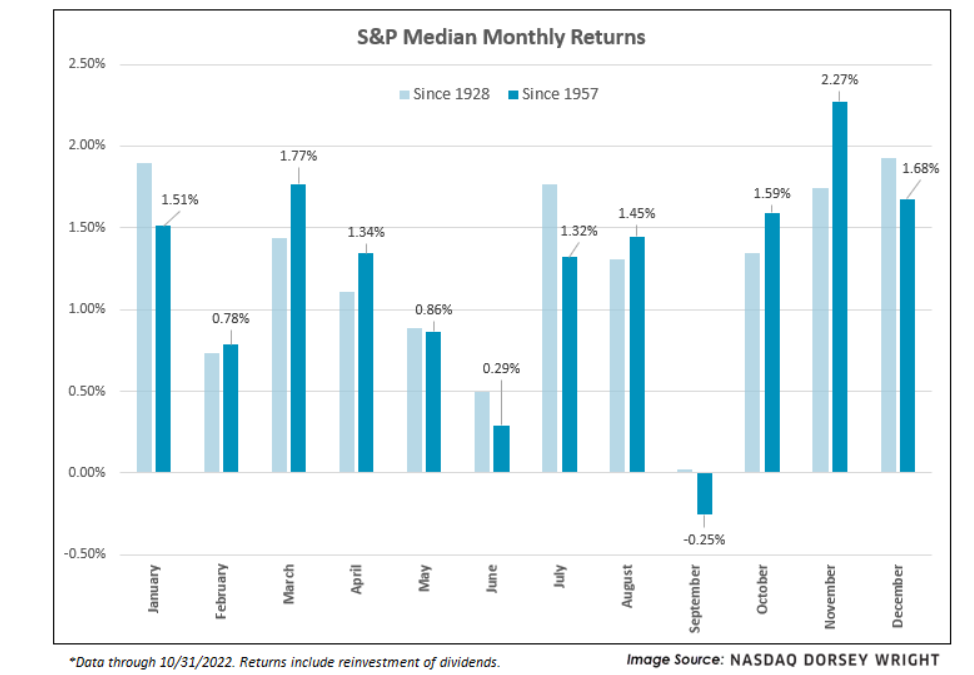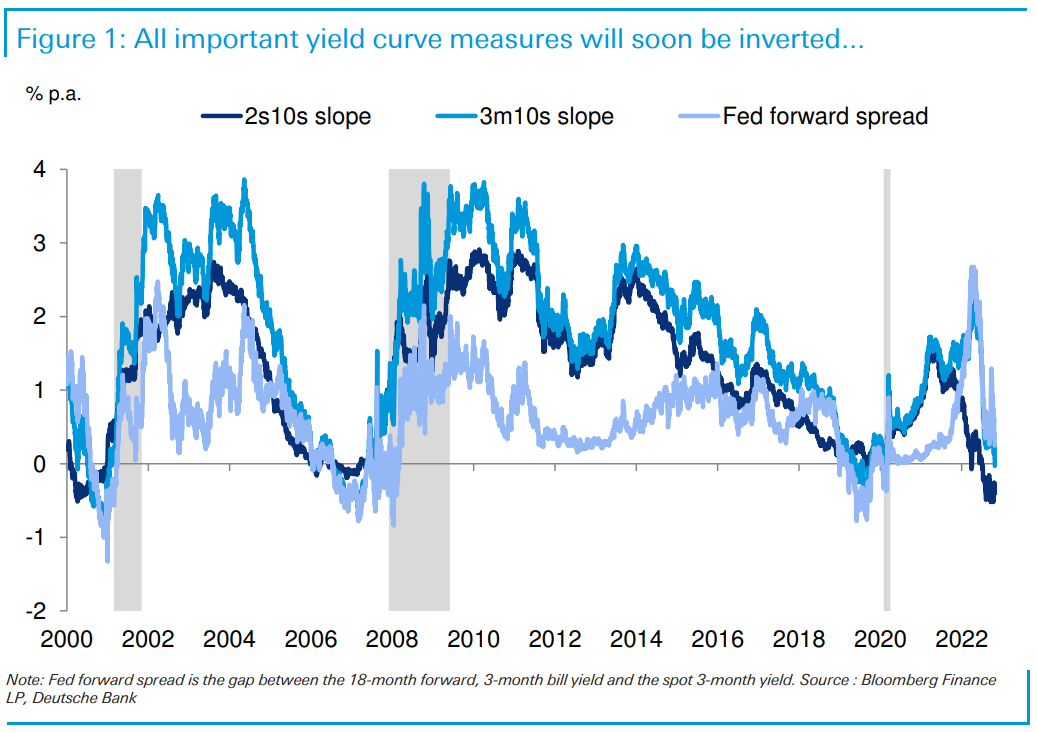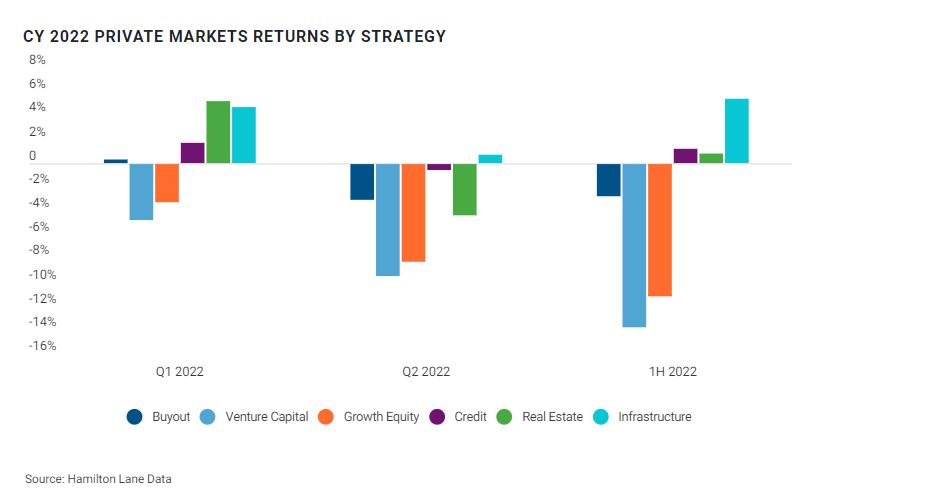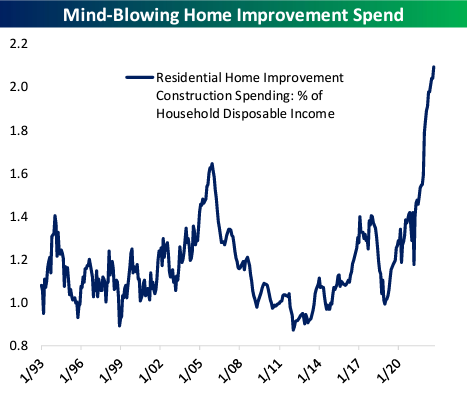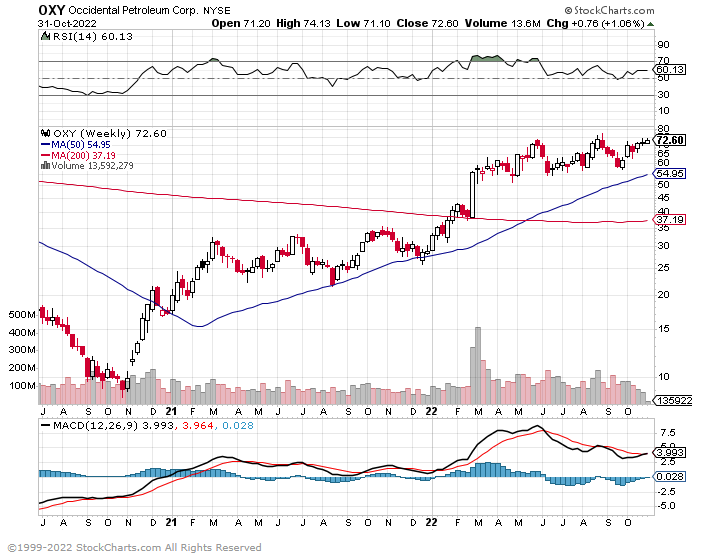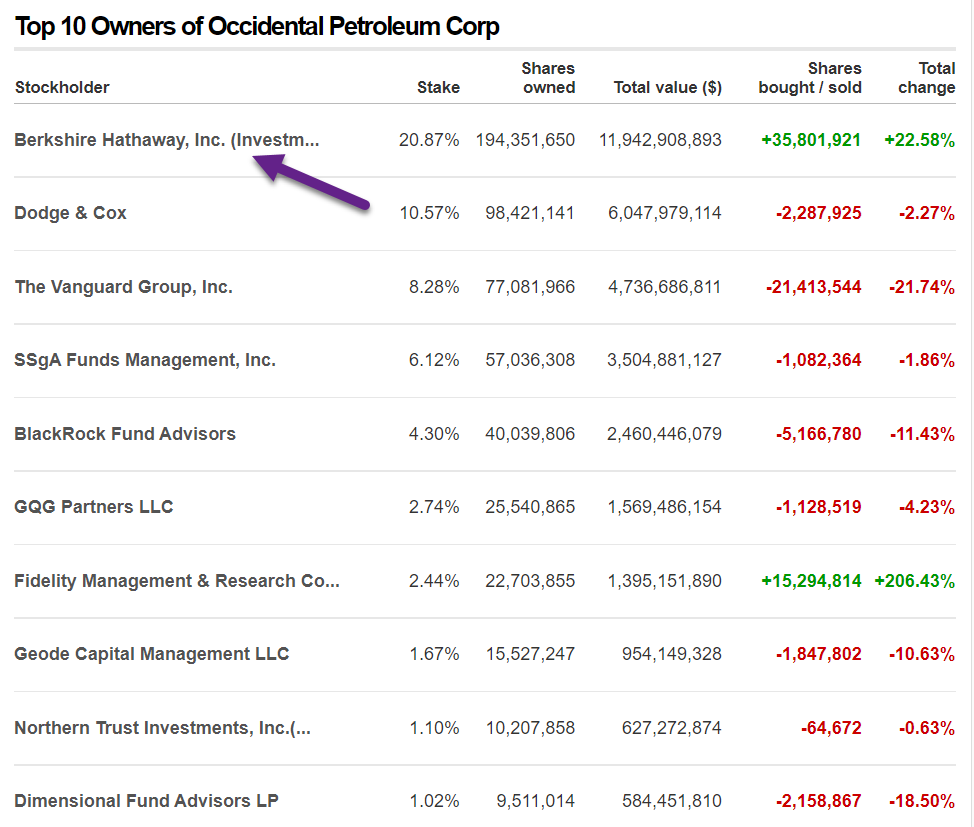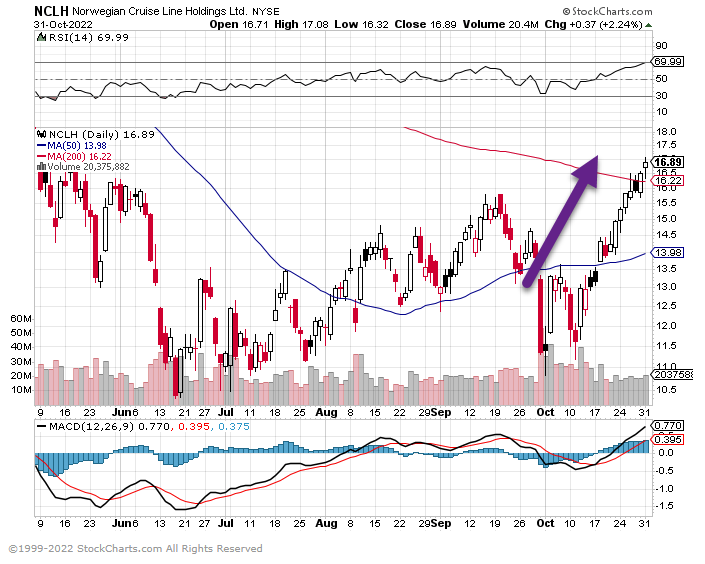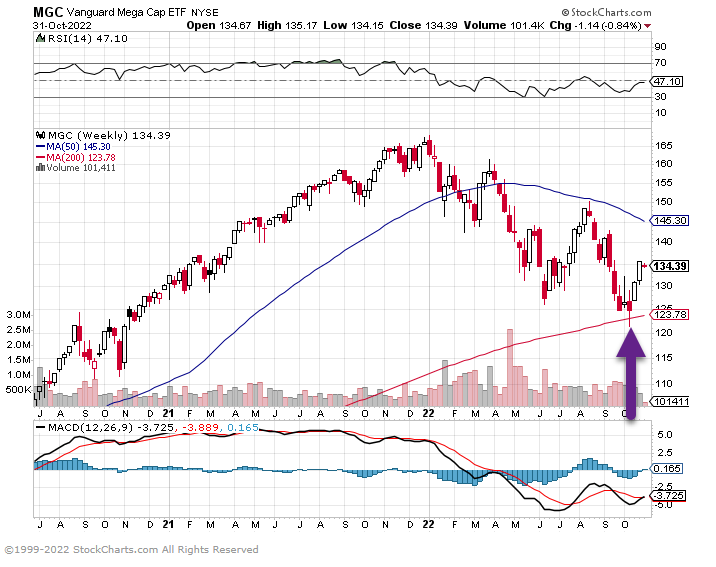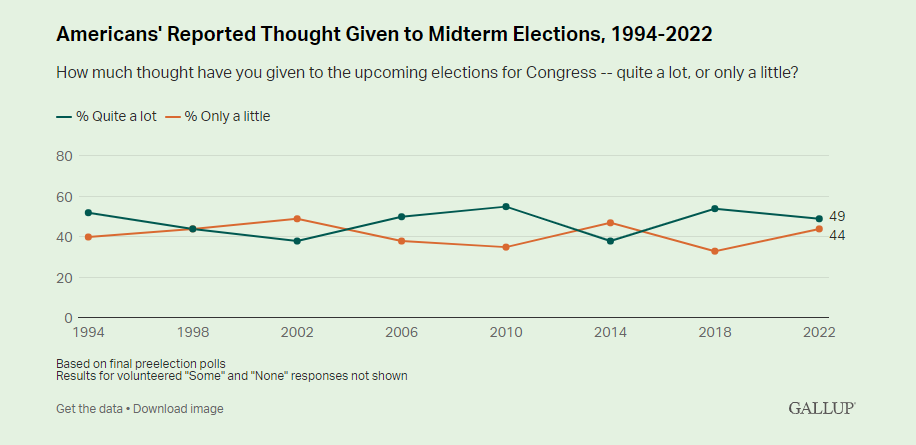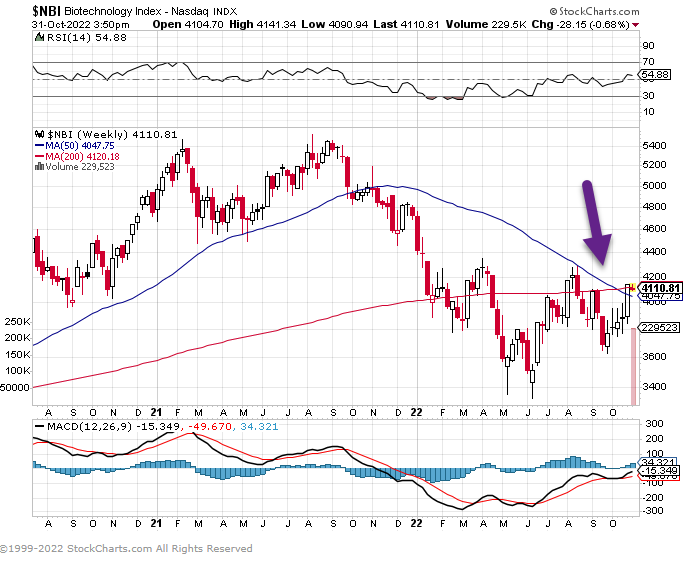1. Year Over Year Change in Yields Fixed Income
JP Morgan
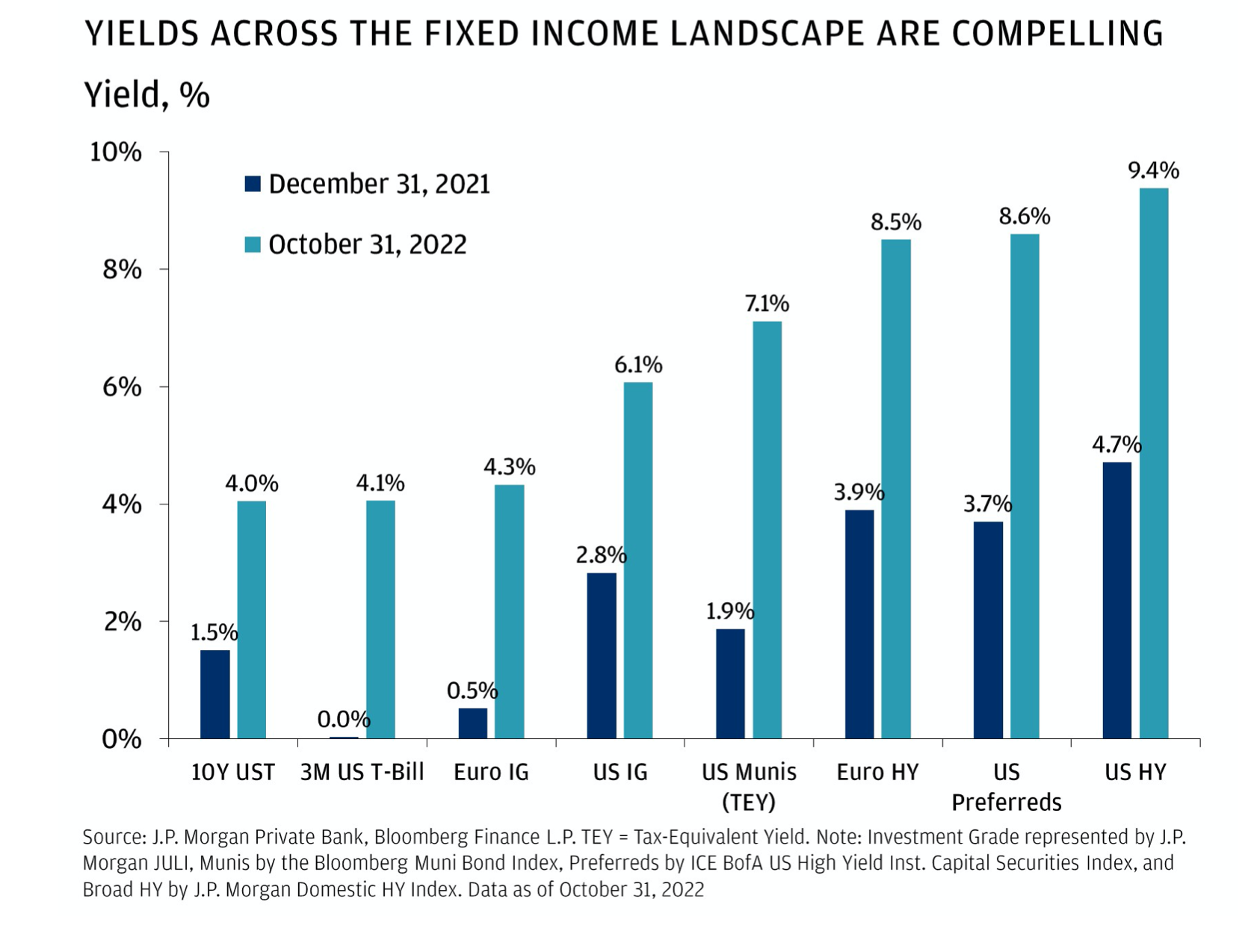
https://privatebank.jpmorgan.com/gl/en/insights
2. Opening of New Retail Brokerage Accounts Goes Negative
From Callum Thomas Chart Storm Broke Brokerage Accounts: For a while there folk couldn’t open brokerage accounts fast enough… now they are walking away as the get rich quick dreams turn to get poor quick nightmares. A good reminder that “get rich quick” is often a false promise, and at best a treacherous expedition.

Source: @Lvieweconomics via @
https://www.financialsense.
3. Software Stock Correction Approaching -50% from Highs
IGV Tech Software ETF $440 to $240..trading below 200 week moving average
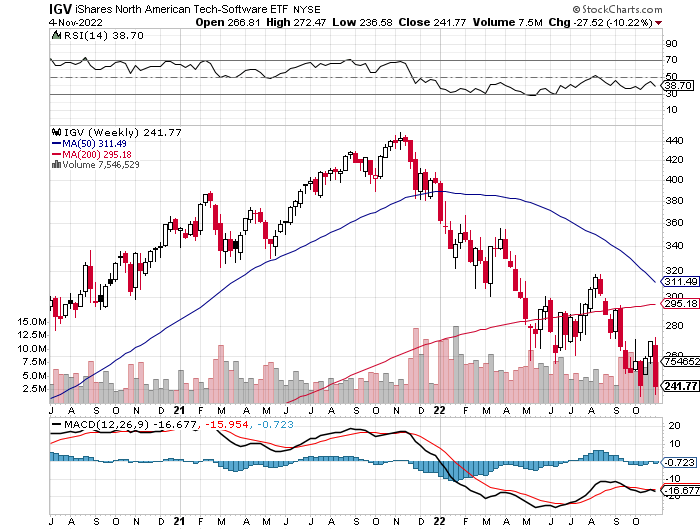
4. Gold vs. Rest of Commodity Index
Gold poor inflation hedge especially with strong dollar…this chart compares GLD to broad commodities ETF COMT…straight down
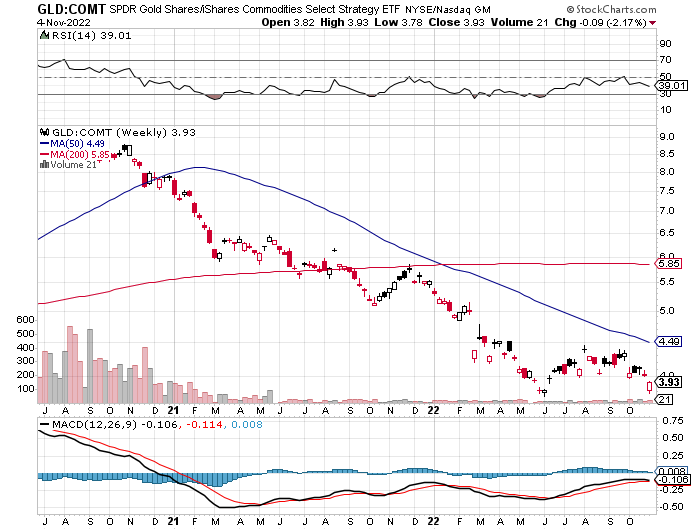
5. Gold Miners -50% Correction
Junior Gold miners chart…50day thru 200day to downside on weekly chart
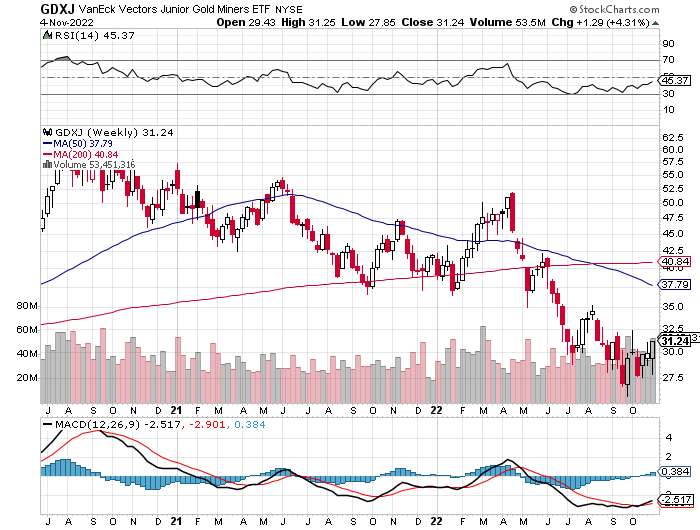
6. The Rise of Quant Investing

7. The Musk Empire
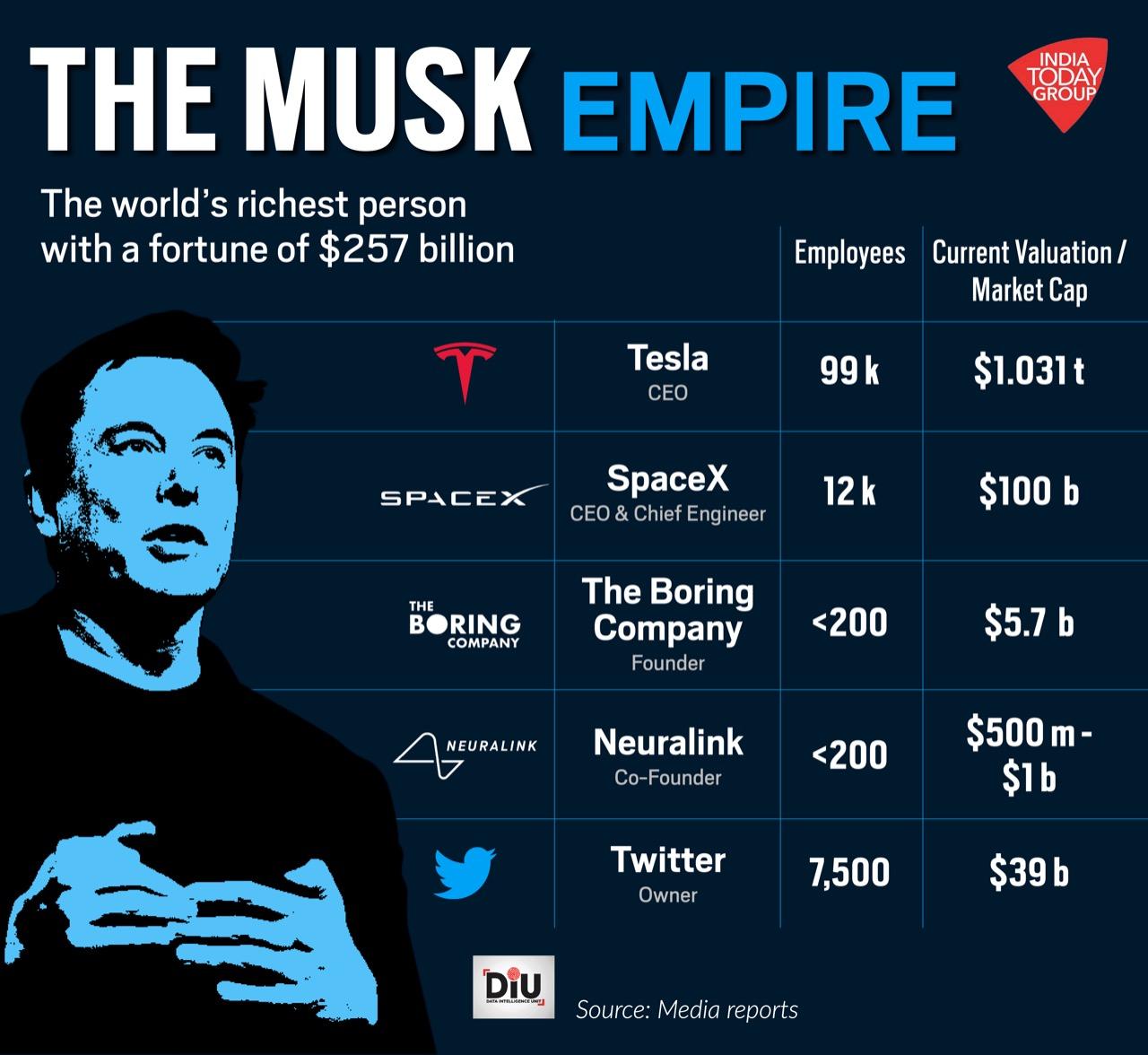
https://www.businesstoday.in/latest/corporate/story/twitter-tesla-spacex-a-look-at-elon-musks-growing-empire-331306-2022-04-26
8. America’s 10 fastest-growing population centers
Madalyn Mendoza-Axios
Axios on facebook
Axios on twitter
Axios on linkedin
Axios on emailTechnology jobs and the rebound in tourism are fueling a reshuffling of America’s population centers, according to an October report by a nonpartisan think tank affiliated with the University of North Carolina at Chapel Hill.
Driving the news: The American Growth Project by the Kenan Institute of Private Enterprise, a business policy think tank, found that the top 10 fastest-growing cities in the U.S. are moving the “center of gravity” for economic activity away from the East Coast, Kenan executive director Gregory Brown tells Axios.
- The San Francisco Bay Area, Austin, Seattle, Raleigh and Durham, Dallas, Denver, Salt Lake City, Charlotte, New Orleans, and Orlando make up the top rankings.
Why it matters: These are America’s next boomtowns — if local leaders find ways to capitalize on burgeoning industries, Brown says.
- These cities will need to invest in infrastructure, such as housing, plus education and job training to fuel their growth potential, according to the report.
The methodology: Researchers built the list by weighing factors that included county-level employment rates and economic output for each city.
The intrigue: Brown points to No. 2 Austin as an example of what could be on the horizon for lower-ranked cities.
- In two years, the median home value there grew from $349,156 to $566,479, according to the research.
- “It’s going to be a big change over the next few years for people who live [in the 10 cities] to see how you suddenly become a much bigger, more vibrant city,” Brown says.
Zoom in: A strong tech industry, buoyed by pandemic gains for companies like Zoom, secured the top two spots for the San Francisco Bay Area and Austin — for now.
- Hiring freezes and declining real estate trends could be “worrisome” for San Francisco and evidence that Austin’s labor boom may have peaked, the research says.
Yes, but: Younger residents are contributing to stable growth prospects for cities like Seattle (No. 3) and Denver (No. 6).
- The report notes that Seattle, home to Amazon and Microsoft, is a leader in clean energy, which researchers believe attracts young job seekers.
- Millennials are helping drive Denver’s economy, with researchers pointing to a separate study that found 71% of people who lived in Denver at age 16 stayed or had returned by age 26.
- Meanwhile, a rebound in tourism and hospitality in the past year helped push Orlando and New Orleans into the top 10.
Go deeper: Dallas is growing really fast
https://www.axios.com/2022/11/
9. Increase in Active Home Listings….Still Well Below Pre-Covid
NYT_Active listings were up nearly 27 percent in September, compared to September 2021, but still 40 percent below September 2019, before the pandemic. Stephanos Chen

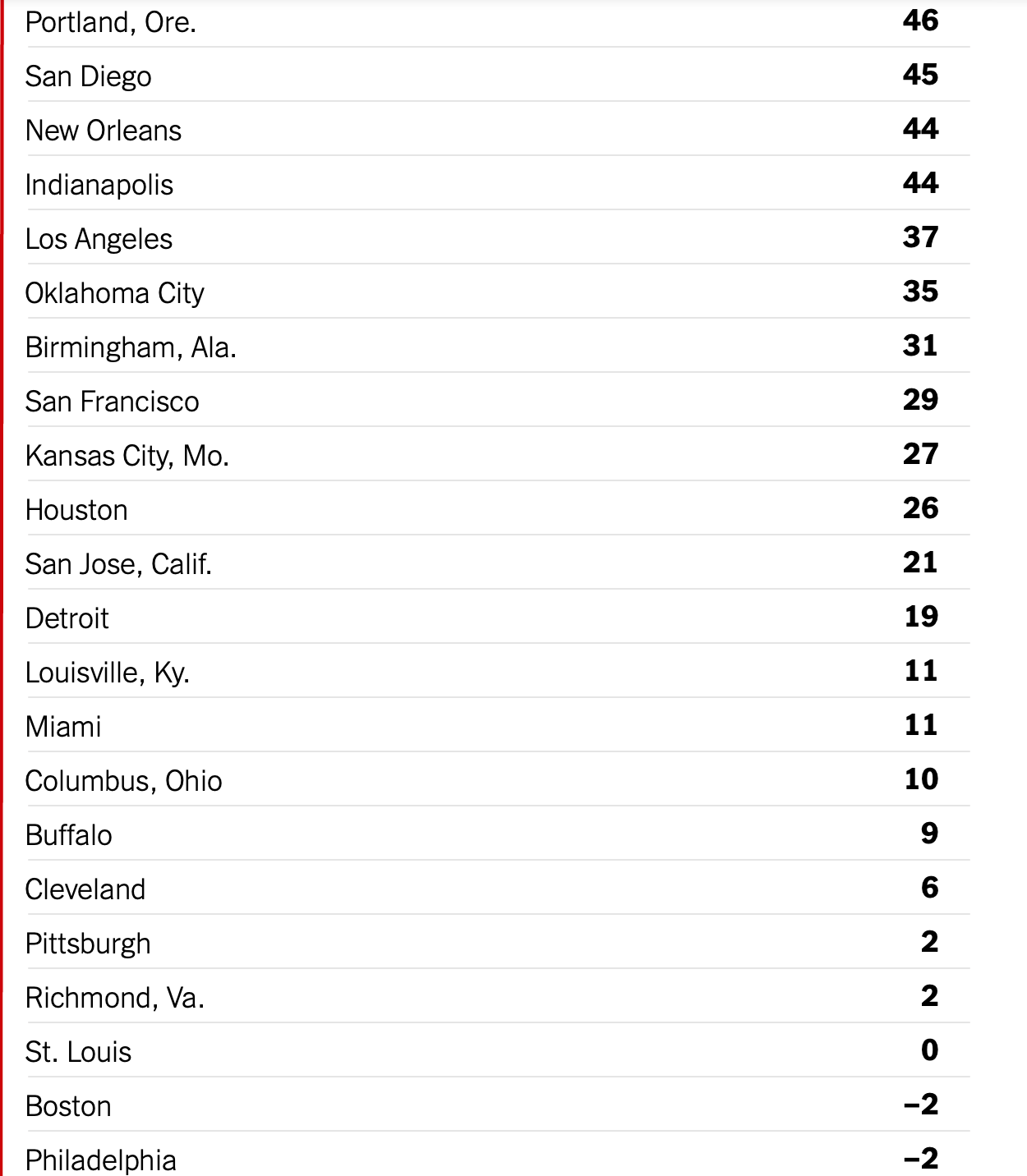
https://www.nytimes.com/2022/11/04/realestate/housing-market-interest-rates.html
10. The Best Breakfast for Your Brain
Psychology Today Two powerful ways to upgrade your first meal of the day. Austin Perlmutter M.D.
KEY POINTS
- Most typical breakfast foods are high in sugar and carbs that may damage metabolic health and brain wellness.
- Replacing breakfast foods rich in added sugar and highly processed carbs with healthy fat, protein, and fiber supports brain health.
- One can add in sources of key brain-boosting foods for an extra shot of brain health support each morning.
You’ve heard it before: “Breakfast is the most important meal of the day.” But the reality is that for most people, what we call “breakfast” is far from optimal for our health. Due to a combination of marketing, misleading health advice, and our modern-day schedules, most of the foods that pass as breakfast are in fact the very things that are linked to worse overall wellness of our bodies and brains, and may in fact contribute to a higher risk for developing brain and mood disorders.
So what should we be eating for our first meal of the day? Here are two great ways to help improve your breakfast quality to optimize brain health:
1. Replace added sugar and highly processed carbs with healthy fat, protein, and fiber
Over the years, we’ve been fed a number of unhelpful pieces of advice about what constitutes a “healthy diet.” One of the clearest examples relates to our breakfast. The distortion here is as follows: Eating a sugary, refined carbohydrate meal first thing in the morning is somehow “healthy,” even though these are the exact types of meals that may leave us hungry and throw our metabolic health into disarray. This is incredibly important, as poor metabolic health is increasingly shown to map onto our risk for brain issues like dementia.
In the United States, the most common breakfast choice for people who regularly eat breakfast is cold cereal. And while this is an incredibly convenient option, most cold cereals are primarily highly processed carbohydrates, low in fiber, fat, and protein, and often accompanied by added sugar. The combination of highly processed carbs and added sugar is unfortunately the predominant theme in breakfast, with muffins, danishes or bagels/toast, pancakes, and waffles representing common examples. What about breakfast bars and granola? They may sound healthy, but they’re often packed with added sugar.
How should we counter the issues represented by conventional breakfasts? Look to bring three elements into your meal whenever you can. These include fiber, protein, and healthy fat. Great examples of protein sources include Greek yogurt, eggs, tofu (if you eat soy), protein powder, and nut butters. Healthier fat sources include olive oil, nut butters, seeds, and avocado. And great sources of fiber include chia seeds, vegetables, and beans. Some great on-the-go options are nuts, Greek yogurt, and protein shakes (look for one without much-added sugar). If you’re craving waffles, pancakes and muffins, try looking for artisanal whole-grain (or non-grain flours) that may be higher in protein and fiber, e.g., buckwheat and almond flour). Similarly, if you want cereal, look for brands that focus on fiber, protein, and minimal added sugar.
2. Add in these four brain-boosting foods
In addition to making changes to the general composition of your breakfast, you may want to consider adding in some specific foods that are linked to brain wellness because they’re rich in key brain health nutrients like omega-3 fats, plant nutrients, fiber, and certain vitamins and minerals. To this end, some of the foods that may best support a healthy brain include the following.
- Extra-virgin olive oil is packed with plant nutrients and healthy fat and is linked to better brain health. It makes a delicious drizzle on top of eggs and other savory breakfasts!
- Coldwater fish like salmon, mackerel, anchovies, sardines, and herring (the SMASH fish) are packed with key omega-3 fats shown to be connected to better brain function.
- Dark leafy greens like chard, kale, spinach, and collard greens are rich in plant nutrients, vitamins, and minerals, as well as fiber that may support a healthier brain.
- Nuts and seeds are great sources of omega-3 fats as well as fiber and key vitamins and minerals. These are an amazing addition to a brain-healthy breakfast. Walnuts, chia seeds, and pumpkin seeds may be especially excellent choices.
https://www.psychologytoday.
